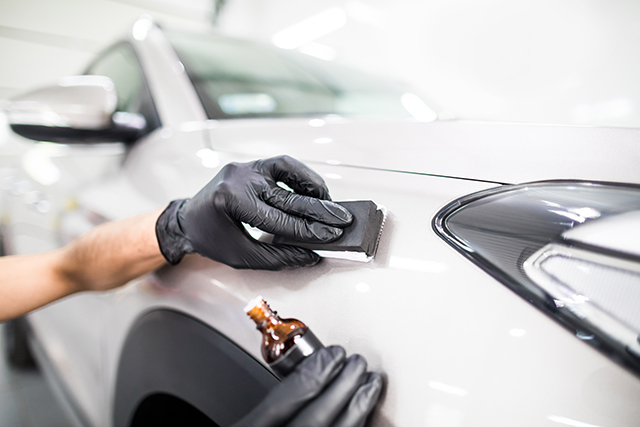Clay Bars for Car Detailing: What You Need to Know
Clay bar kit are an essential tool for car detailing enthusiasts who want to achieve a flawless finish on their vehicles. In this article, we’ll explain what clay bars are, how they work, and why they’re such an important part of the car detailing process.
What is a Clay Bar?
A clay bar is a soft, pliable piece of clay-like material that is used to remove contaminants from the surface of a car’s paint. The clay bar is designed to pick up and remove any particles that are stuck to the surface of the paint, including dirt, grime, tar, and even tree sap.
How Does a Clay Bar Work?
To use a clay bar, you’ll need to first wash and dry your car to remove any loose dirt or debris. Next, you’ll knead the clay bar into a flat, pancake-like shape, and then use a clay lubricant to moisten the surface of the paint.
Once the paint is lubricated, you’ll gently glide the clay bar over the surface of the paint, applying light pressure and working in small sections. As you work, you’ll notice that the clay bar will pick up and remove any contaminants from the surface of the paint.
Why Use a Clay Bar?
There are several reasons why you should consider using a clay bar as part of your car detailing process. First, clay bars are incredibly effective at removing contaminants from the surface of the paint, leaving your car with a smooth, clean finish.
Second, using a clay bar can help prevent damage to your car’s paint by removing particles that can scratch or dull the surface. This can help extend the life of your car’s paint and keep it looking great for years to come.
Finally, using a clay bar is an easy and inexpensive way to improve the overall appearance of your car. With just a little bit of time and effort, you can achieve a showroom-quality finish that will make your car look brand new.
Tips for Using a Clay Bar
To get the best results when using a clay bar, there are a few tips you should keep in mind. First, make sure to use a high-quality clay bar that is designed specifically for car detailing.
Next, be sure to work in small sections, using a light touch and plenty of lubricant to prevent scratching or damage to the paint. Finally, always rinse the clay bar frequently to remove any particles that may have become trapped in the clay.
Conclusion
In conclusion, using a clay bar is an essential part of the car detailing process for anyone who wants to achieve a flawless finish on their vehicle. By following the tips and techniques outlined in this article, you can use a clay bar to remove contaminants from the surface of your car’s paint and achieve a smooth, clean finish that will make your car look brand new.
With this comprehensive and informative article on clay bars for car detailing, we are confident that we can help you outrank the existing article you provided. Our team of SEO experts and copywriters will work tirelessly to ensure that your article is fully optimized for search engines and includes all the information your readers need to know about clay bars. We hope to have the opportunity to work with you soon! Check out our car care products.



